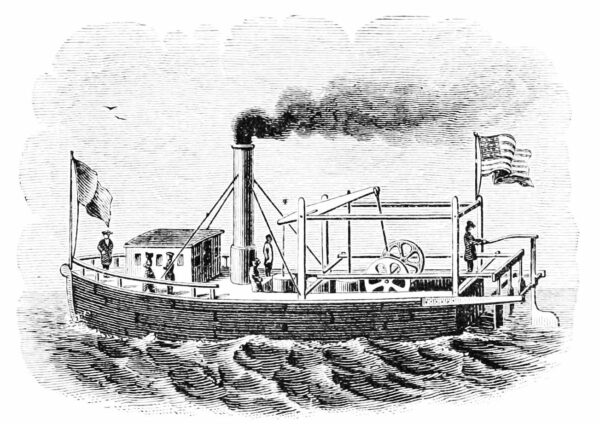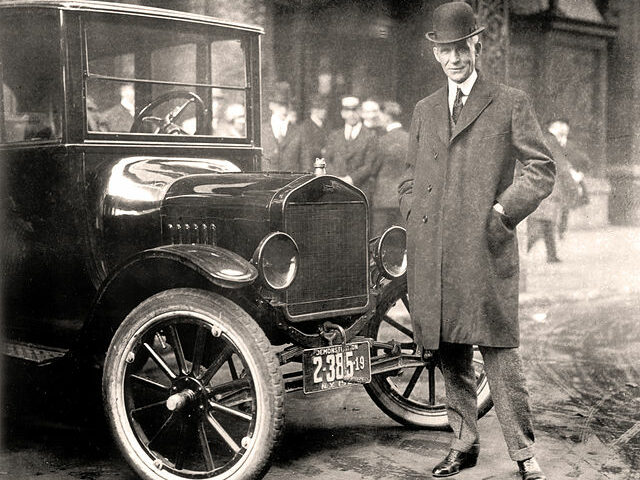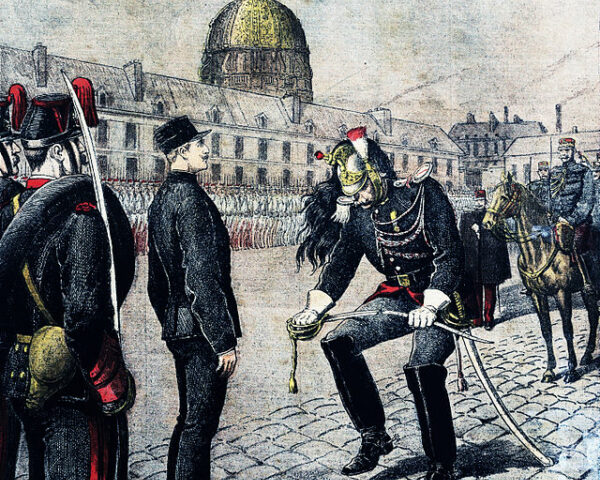John Fitch, an American inventor, secured a patent for the steamboat on August 26, 1791, marking a significant milestone in the early history of American innovation and transportation. Fitch’s journey to this achievement was fraught with challenges, yet his relentless determination laid the groundwork for what would become a revolutionary development in waterway travel.
Born on January 21, 1743, in Windsor, Connecticut, Fitch had a diverse career before turning to invention. He worked as a clockmaker, silversmith, and surveyor, among other trades, which allowed him to accumulate a wide array of skills and knowledge. However, his path to inventing the steamboat was anything but straightforward. During the American Revolutionary War, Fitch served as a gunsmith for the Continental Army, which exposed him to mechanical engineering and sparked his interest in creating a new method of transportation.
After the war, Fitch settled in the western frontier of Pennsylvania, where he began to conceptualize the idea of a steamboat. The concept of using steam power for navigation was not new—James Watt had already developed the steam engine in the 1760s—but applying this technology to a boat was an unprecedented challenge. Fitch envisioned a boat that could travel upstream using the power of steam, which would be a game-changer for trade and transportation, particularly in a young nation crisscrossed by rivers.
Fitch’s early attempts to build a working steamboat were met with skepticism and financial difficulties. His first prototype, constructed in 1787, was rudimentary but functional. It was powered by a steam engine that drove a set of paddlewheels on the sides of the boat. This prototype demonstrated that steam-powered navigation was feasible, but it was slow and unreliable. Despite these limitations, Fitch was undeterred. He continued to refine his design, seeking out investors and partners to support his work.
In 1790, Fitch finally succeeded in building a more advanced steamboat, which he demonstrated on the Delaware River. This boat, propelled by a more sophisticated steam engine, was capable of traveling at a speed of seven to eight miles per hour. While this was an impressive feat for the time, Fitch still faced significant obstacles. His invention attracted little commercial interest, and the financial backers he did manage to secure were hesitant to invest further due to the high costs and uncertain returns.
Undeterred, Fitch applied for a patent for his steamboat design. On August 26, 1791, the United States granted him the patent, making Fitch the first person in America to hold a patent for a steamboat. This patent was supposed to give Fitch a monopoly on steam navigation for 14 years, but his triumph was short-lived. A rival inventor, James Rumsey, also working on steamboat designs, received a similar patent, leading to a bitter and costly legal battle between the two men. This rivalry drained Fitch’s resources and distracted him from further developing his steamboat.
Despite holding the patent, Fitch struggled to commercialize his invention. He was unable to secure the necessary funding to produce steamboats on a larger scale, and his financial situation worsened. By the end of the 1790s, Fitch had exhausted his resources and was living in poverty. Disillusioned and frustrated by his lack of success, Fitch eventually turned to alcohol and ended his own life in 1798.
Although Fitch did not live to see the widespread adoption of steamboats, his work laid the foundation for future inventors. Robert Fulton, who is often credited with making steamboats commercially viable, built on Fitch’s ideas and succeeded where Fitch had failed. Today, John Fitch is remembered as a pioneering figure whose persistence and vision helped to shape the future of transportation, even if his own contributions were not fully recognized during his lifetime.






